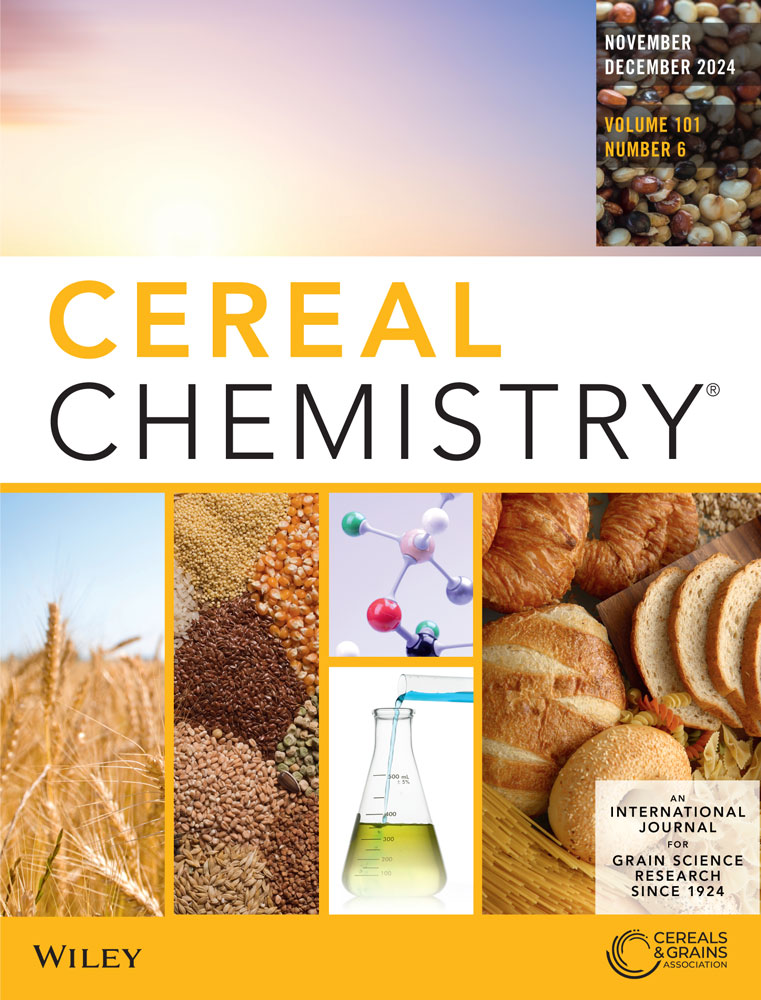Applying nitrogen fertilizer improves the indica rice (Oryza sativa L.) quality by coordinating enzyme activity and grain-filling rate
Abstract
Background and Objectives
The effects of nitrogen (N) fertilization on rice quality, grain-filling rate, and starch synthase activity have been widely studied, but whether there is a relationship between grain-filling rate and starch synthase activity has not been reported. We conducted a 2-year field experiment using the indica rice cultivar Shenliangyou 5814 to investigate the effects of N fertilization (0, 90, 180, 270, and 360 kg·ha–1) on rice quality.
Findings
N fertilization notably increased grain yield, head rice rate, and protein content while reducing chalkiness degree and rate, thereby enhancing milling, appearance, and nutritional quality. Meanwhile, N fertilizer application (N = 270–360 kg·ha–1) delayed the time to reach the maximal grain-filling rate, extending it to approximately 18.4–19.9 days after flowering, and enzyme activity also peaked around the same time. Grain-filling rate was positively correlated with the activities of AGPase and SBE after N fertilization. They were also significantly correlated with milling, appearance, and nutritional quality after 22 days of flowering.
Conclusions
N fertilization achieved a harmonious balance between the grain-filling rate and starch synthase activities, ultimately improving milling, appearance, and nutritional quality.
Significance and Novelty
N fertilization regulated the coordination between grain-filling rate and starch synthase activity for rice quality.

 求助内容:
求助内容: 应助结果提醒方式:
应助结果提醒方式:


